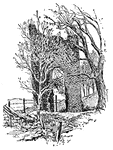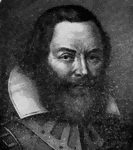Clipart tagged: ‘Jamestown’

First naval battle
"First naval battle in Hampton Roads between the Confederate iron-plated steamers Merrimac, Yorktown,…
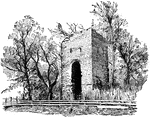
Ruins at the Brick Church at Jamestown
"Jamestown is now an island, for the sandy beach which once connected it with the mainland has disappeared.…

The Landing at Jamestown
"Down past the mouth of York River, where the French ships were blockading Cornwallis, into James River,…

Battle of Mill Spring
"Battle of Mill Spring, on the Cumberland River, near Jamestown, between a confederate force, 8,000…
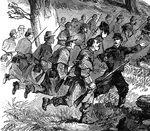
Battle of Mill Spring
"Battle of Mill Spring, on the Cumberland River, near Jamestown, between a confederate force, 8,000…
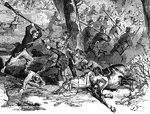
Battle of Mill Spring
"Battle of Mill Spring, on the Cumberland River, near Jamestown, between a confederate force, 8,000…

Battle of Mill Spring
"Battle of Mill Spring, on the Cumberland River, near Jamestown, between a confederate force, 8,000…

Sir Edwin Sandys
An English statesman and one of the founders of the proprietary Virginia Company of London, which established…

Second Naval Battle
"Second naval battle in Hampton Roads- fight between the Federal ironclad Monitor, of two guns,…

Smith's Escape from Slavery
Captain Sir John Smith (c. January 1580–June 21, 1631) Admiral of New England was an English soldier,…

Arrival of the Young Women at Jamestown
In 1621, many "respectable young women for wives of those colonists" traveled to Jamestown.
